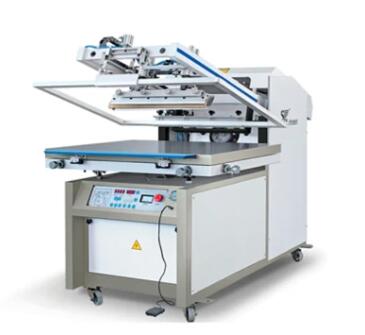The key components and technology behind modern printing machinery
2023-10-25
Modern printing machinery relies on a combination of advanced components and technologies to produce high-quality printed materials efficiently. Here are the key components and the technology behind modern printing machinery:
1. Printing Plate or Cylinder: Modern printing often begins with a printing plate or cylinder. This component carries the image to be printed. The type and material of the plate vary depending on the printing method. For instance, offset printing uses a plate, while flexography uses flexible relief plates.
2. Ink System: The ink system is responsible for delivering ink to the printing plate. It consists of ink reservoirs, pumps, and a distribution system. The ink used can vary in composition, such as solvent-based, water-based, or UV-curable inks, depending on the printing method and substrate.
3. Blanket or Impression Cylinder: In offset printing, a rubber blanket or impression cylinder is used to transfer the ink from the plate to the printing surface (usually paper). This component ensures even ink distribution and consistent printing.
4. Paper Feed System: A paper feed system or substrate handling system is used to feed the printing material (e.g., paper, plastic, fabric) into the printing press. This system may include automatic feeders, tension control mechanisms, and guides to ensure precise paper alignment.
5. Printing Units: Modern printing presses often have multiple printing units, each containing a set of components for color or image application. These units can be stacked in series for multi-color or multi-process printing.
6. Inking and Dampening Systems: In offset printing, inking and dampening systems are responsible for preparing the plate for printing. The inking system applies ink to the plate, while the dampening system wets non-image areas to repel ink, ensuring clean printing.
7. Digital Printing Technology: Digital printing machinery relies on technologies like inkjet or laser printing. It doesn't use traditional plates or cylinders but instead prints images directly onto the substrate. Digital printing machines may include print heads, toner or ink cartridges, and complex software for variable data printing.
8. Control Systems: Modern printing machinery is equipped with computerized control systems that manage all aspects of the printing process, including ink flow, color registration, and automation. These systems help maintain consistent print quality.
9. Quality Control and Inspection Systems: Printing machinery often includes sensors and cameras for quality control and inspection. These systems monitor print quality, detect defects, and make real-time adjustments to maintain consistency.
10. Drying and Curing Systems: After the ink is applied to the substrate, it needs to dry or cure. Drying and curing systems use heat, UV light, or other methods to set the ink, ensuring it adheres to the substrate and doesn't smudge.
11. Output and Delivery Systems: Printed materials are delivered and stacked for further processing or finishing. This may include cutting, folding, binding, or other post-press operations.
12. Automation and Robotics: Many modern printing machines feature automation and robotic systems to streamline processes, reduce labor costs, and enhance efficiency. Automation can handle tasks like plate changes, color adjustments, and stacking.
13. Environmentally Friendly Features: In response to environmental concerns, modern printing machinery often incorporates features to reduce waste and emissions, such as the use of eco-friendly inks and recycling systems.
Modern printing machinery is characterized by its precision, efficiency, and flexibility. The integration of advanced technologies and components ensures consistent and high-quality printing, making it suitable for a wide range of applications in the printing industry.



